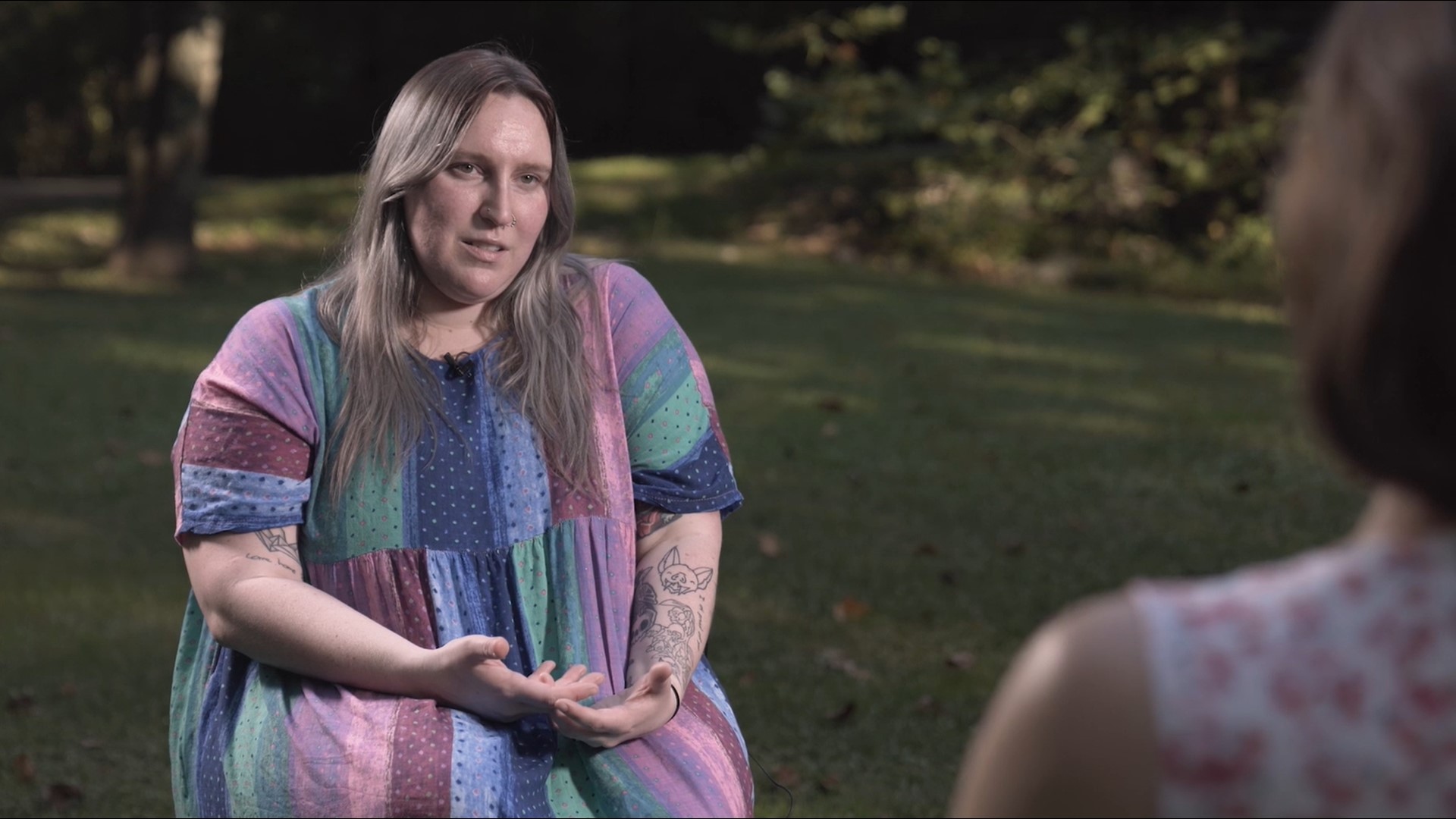ATLANTA — There’s a lot to love about fall, like the changing of the leaves and cooler weather. But for some, it’s a time of mounting stress. We spend more time indoors, there’s less daylight, school finals, and major holidays.
These are just a few items that can contribute to the complex emotional decision to die by suicide, a decision that historically peaks in November.
It makes Children’s Healthcare of Atlanta’s initiative to address suicide ideation so timely with the new Zalik Behavior and Mental Health Center.
The clinic will work with children who come through its emergency room to fill gaps in our current mental health care system.
According to the 2022 Health Survey given to Georgia’s middle and high schools, more than 24,000 students said they had attempted suicide.
“One of the great enemies of the way the mental health system is set up at present is that care is extraordinarily fragmented,” said Dr. John Constantino, who heads the hospital's program. “In great medical care, the model should be to own the condition until it's resolved or until there's a pathway of care.”
But right now, that isn’t always what happens. It’s why Dr. Constantino says 20% of youth that come into its emergency rooms with a mental health crisis come back within a month.
Barriers to care are often related to health insurance, staffing shortages, and disconnected treatment providers. That’s why the Children’s Plan will work with those on private insurance as well as Medicaid. It will provide DBT and CAMS-Care - two hard-to-find treatment methods proven to work well in addressing thoughts of suicide. It will take ownership of cases, even if the youth goes to a residential treatment facility first. And instead of waiting weeks, care will start immediately.
IF YOU OR SOMEONE YOU KNOW NEEDS HELP, CALL OR TEXT 988.
According to the 2022 Health Survey given to Georgia’s middle and high schools, more than 24,000 students said they had attempted suicide.
Dr. David Jobes developed one of the therapies Children’s plans to use.
“We treat the problems that the patient says make them consider suicide, which we call drivers. And those are mostly relational issues or issues around vocation or issues around how people feel about themselves. Relatively identifiable and treatable problems,” explained Jobes.
Ica Brown said she’s excited to hear about Children’s new effort. She wears a tattoo of her brother’s handwriting. It says, “You are not alone. If you ever need anything, I’m here.”
Brown’s brother died by suicide.
As simple as Children's new treatment model sounds, Brown, who also attempted suicide several times in her youth, said in all her years of therapy, she never received that kind of care until going through ‘drug addiction’ recovery.
“I never felt as though therapists were actually trying to get to a place of understanding a root cause,” said Brown.
But right now, that kind of care isn’t easy to find. Search the online directory for therapists in Georgia trained in CAMS-Care, and only four names pop up. Three providers will work with teens, but only one takes Medicaid.
11Alive investigative reporter Rebecca Lindstrom asked Jobes, if CAMS-Care works so well, why aren’t more clinicians doing it?
“Because it’s hard and because we have an established way of thinking, for decades really, that a person who is suicidal should just go to the hospital,” replied Jobes.
But the goal of Children’s program is to keep people out of the hospital.
“If that had existed for me, oh, I would have liked that because I hated treatment centers. I hated being in mental hospitals. I hated being in places where I had to wear grippy socks,” said Brown.
Now a hospital chaplain and advocate with the American Foundation for Suicide Prevention, Brown knows the importance of getting the right help early.
“I had such severe depression as an adolescent, and I didn’t have the words for it. I didn’t have the resources to be open and speak about my feelings, I felt invalidated,” she explained
Brown still may not have all the words, but pointing to her arm, she shows another tattoo inspired by a note written by her brother. This one said, “I am proud of you.”
If you would like to learn more about how to access help for you or someone you love, here are a few resources:

